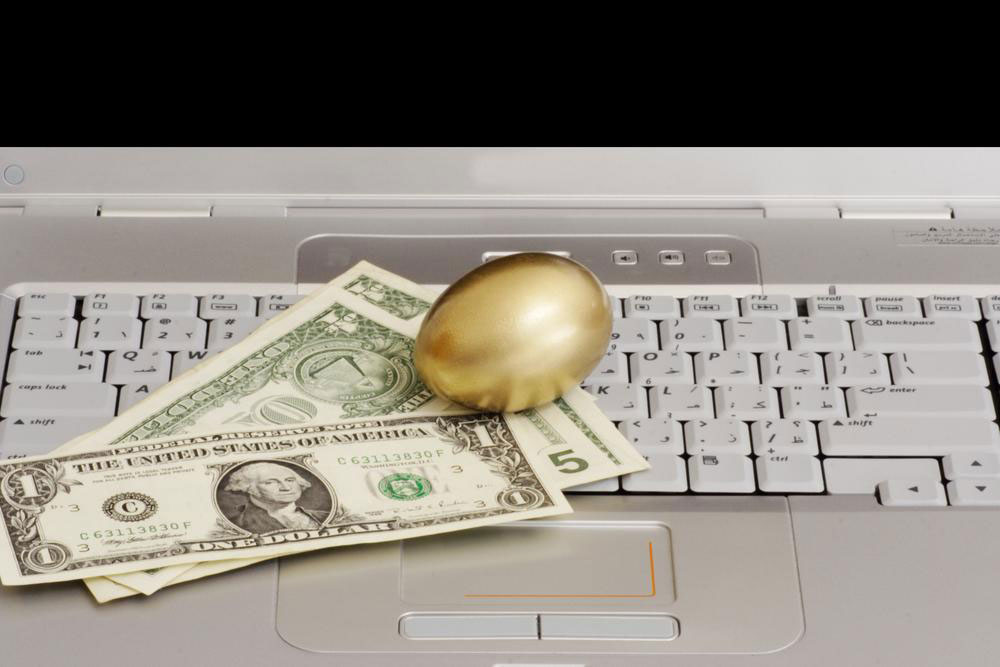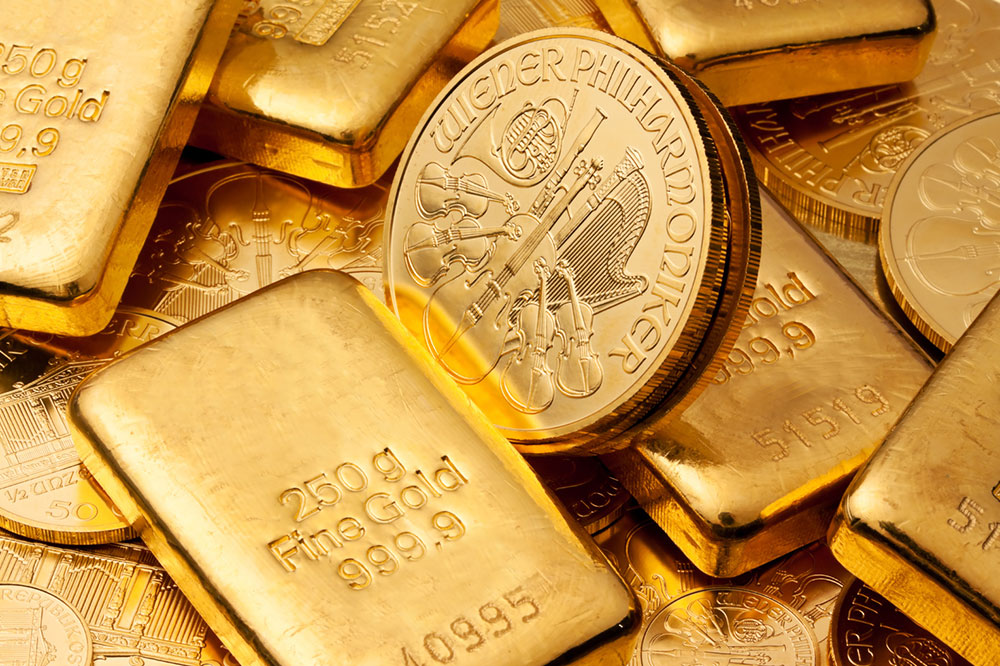Why Gold Should Be Part of Your Portfolio in 2017
In 2017, gold emerges as a top investment choice amid global economic uncertainty. Driven by political tensions, inflation fears, and currency fluctuations, gold offers a stable haven with potential for significant gains. Its historical resilience and status as a safe asset make it essential for investors seeking stability. The metal’s price is influenced by factors like central bank holdings, supply-demand dynamics, and currency strength. Incorporating gold into your investment strategy now could safeguard wealth and enhance portfolio diversity during volatile times.
Sponsored

Why Including Gold in Your Investment Strategy in 2017 Is Wise
As 2017 unfolds, more investors are turning to gold as a safe haven amid uncertain economic conditions. Despite robust global markets, concerns over political instability, rising inflation, and a weakening dollar are driving demand for the precious metal. Gold has reached a three-month high, appreciating 7.5% this year, marking its best performance since November 2010. Its appeal grows as economic policies remain unpredictable, making gold an attractive asset to hedge against market volatility and currency fluctuations.
So, what are the main reasons to consider gold investment this year?
Key Drivers for Gold Investment in 2017
Gold becomes more appealing as bond yields decline and inflation rises. When interest rates on bonds drop below inflation, gold’s relative attractiveness increases. Political tensions and trade restrictions further support its value. Given the dollar's recent weakening and a 7% rise in gold prices, it's poised for more gains if stock markets falter.
A strong investment option: Analysts forecast gold prices between $1200 and $1500, making it a promising asset for 2017.
Smart buying: Unpredictable markets respond to fundamental factors, emphasizing the importance of investing in assets like gold, which retains value amid economic flux.
In times of uncertainty: Global economic turmoil, reminiscent of wartime times, makes gold a safe choice. When economic news is grim, investors seek refuge in government bonds and gold, viewing it as a reliable store of value amidst low commodity prices and sluggish global trade.
Fading faith in paper money: As trust in fiat currencies wanes, gold remains a steadfast store of wealth, unaffected by inflation or monetary policy shifts.
Currency dynamics: When the dollar weakens, gold offers greater value. Conversely, a strong dollar often leads to lower gold prices. Current dollar weakness makes gold an attractive hedge against currency devaluation.
Banking crises and currency instability: Increasing fears of bank failures and economic instability make gold a preferred safe asset during turbulent times.
Central bank holdings: Approximately 18% of the world's gold reserves are held in government vaults, reflecting its role as a symbol of stability. Central banks buy and sell gold based on global needs, impacting prices and signaling economic health.
Interest rates influence: Traditionally, high interest rates reduce gold prices since gold does not yield interest. However, long-term fundamentals suggest gold remains a vital wealth protector regardless of rate fluctuations.
Supply and demand: With limited above-ground gold and production costs, the balance of supply and demand influences prices. As demand increases, supply adjusts, making gold a reliable hedge against inflation and market unpredictability.
Preparing for the current global financial landscape requires strategic investments in gold. Its role as a safe, reliable store of wealth makes it a crucial part of diversified portfolios in 2017.





